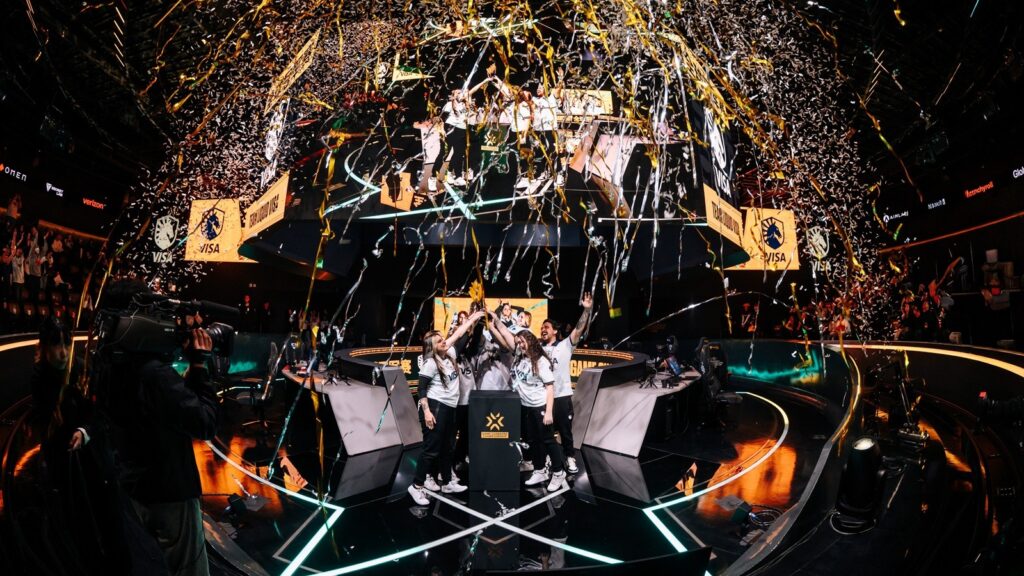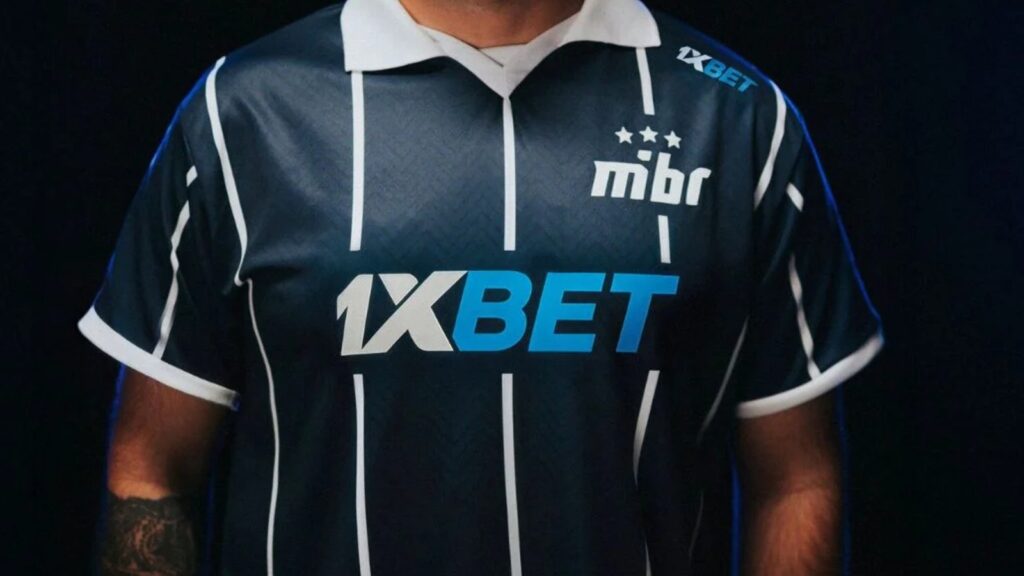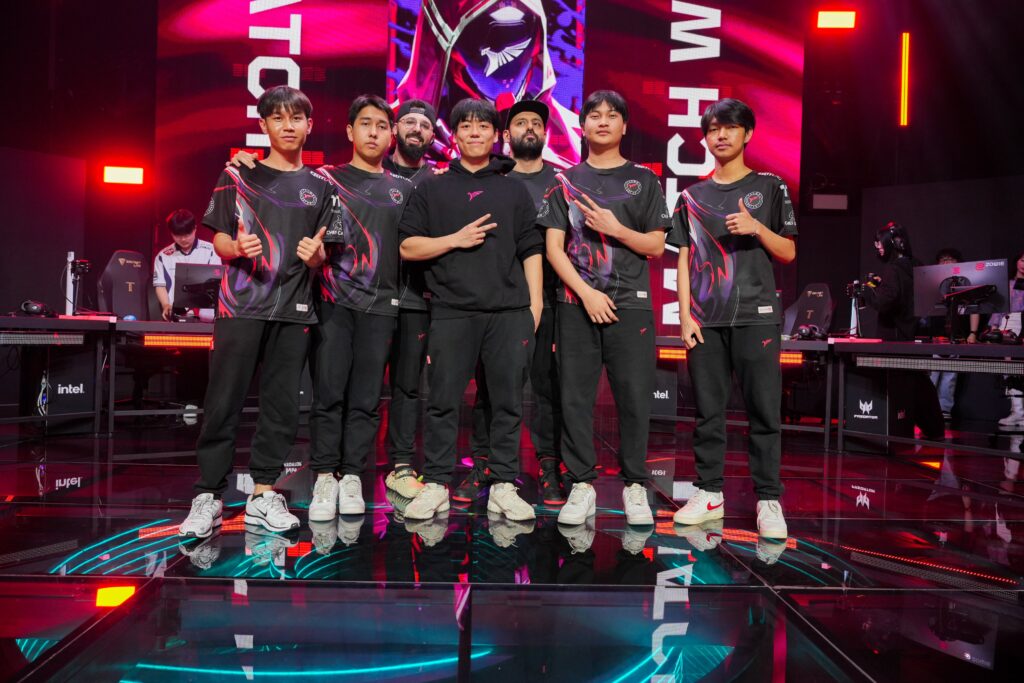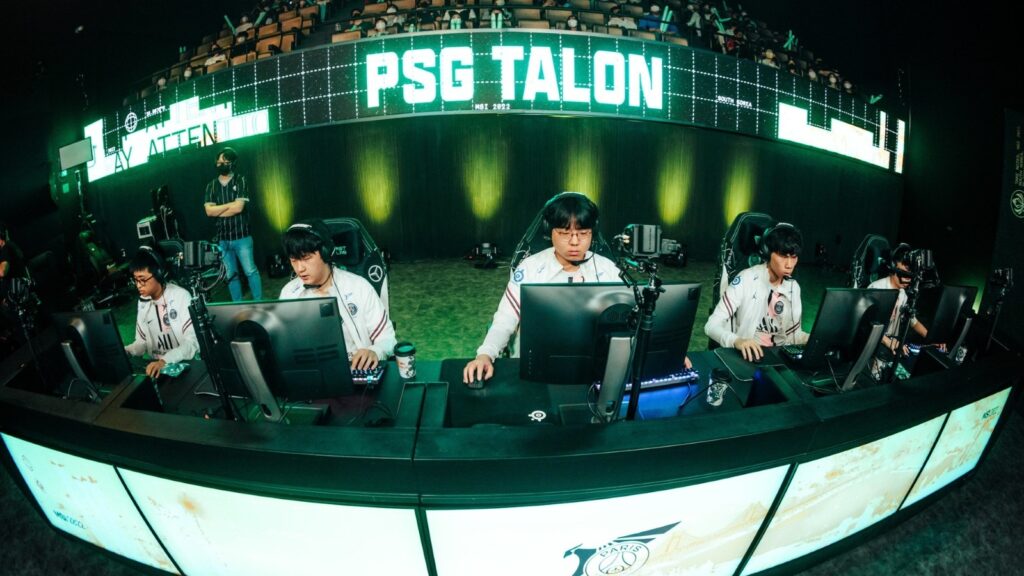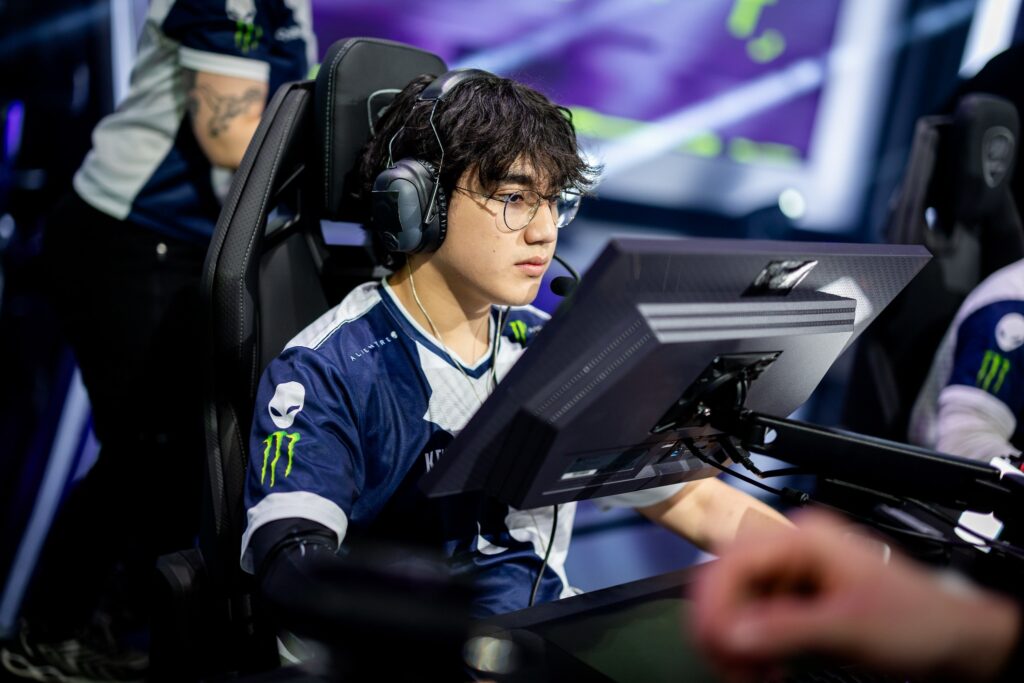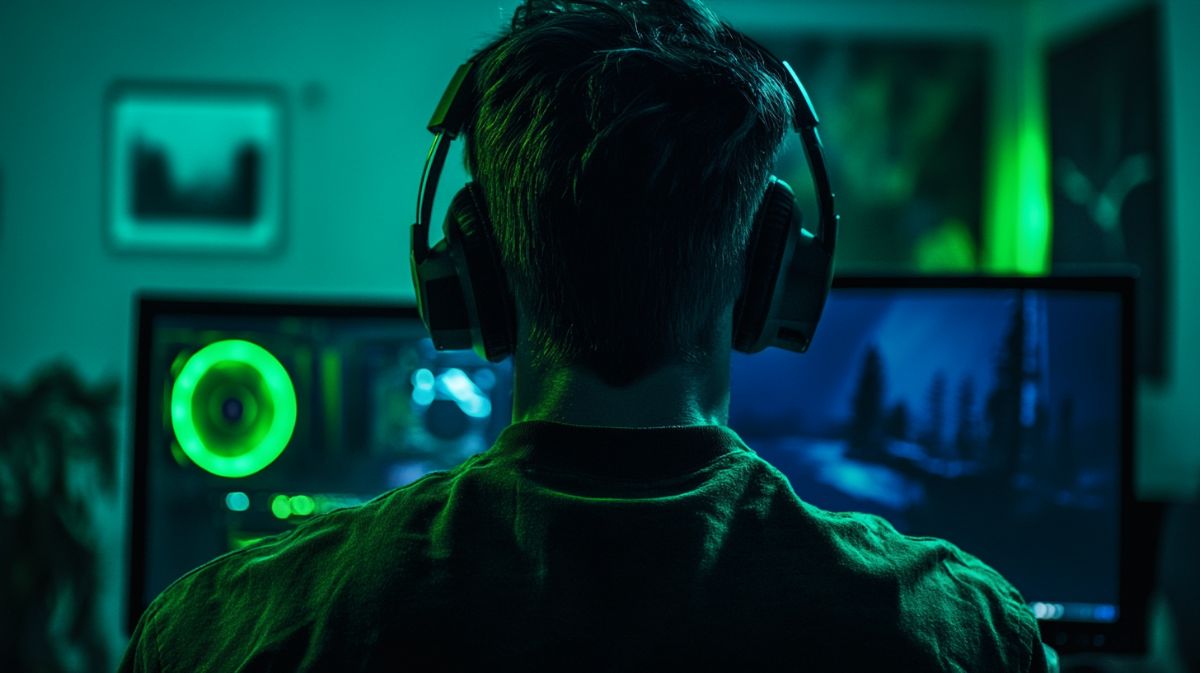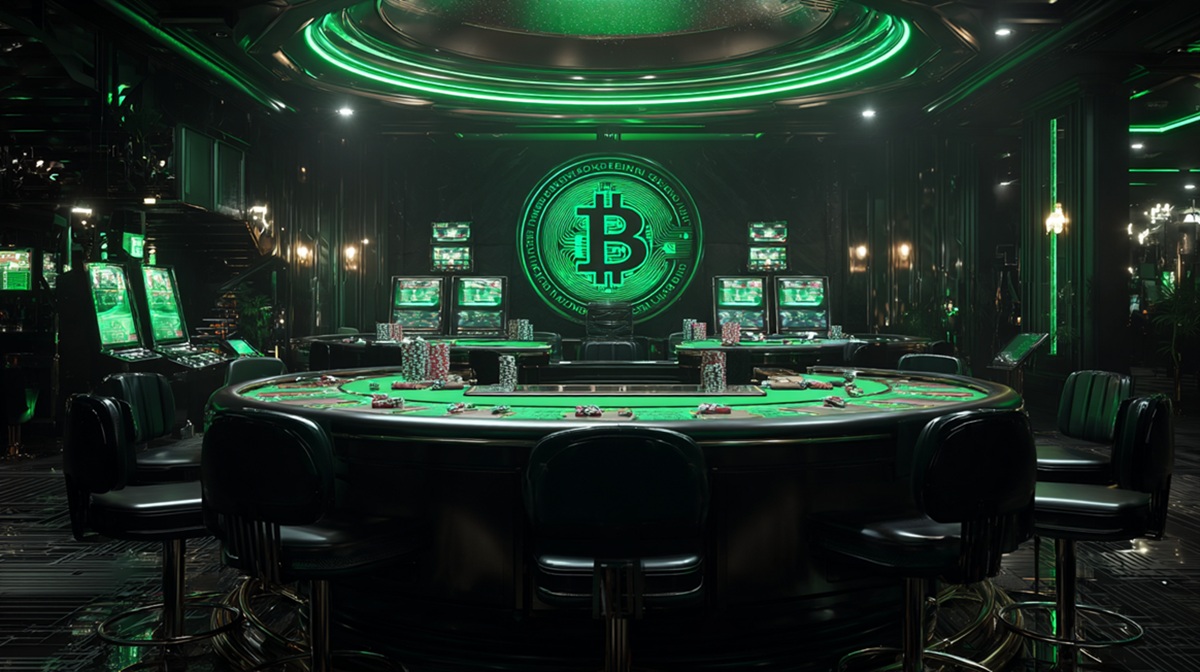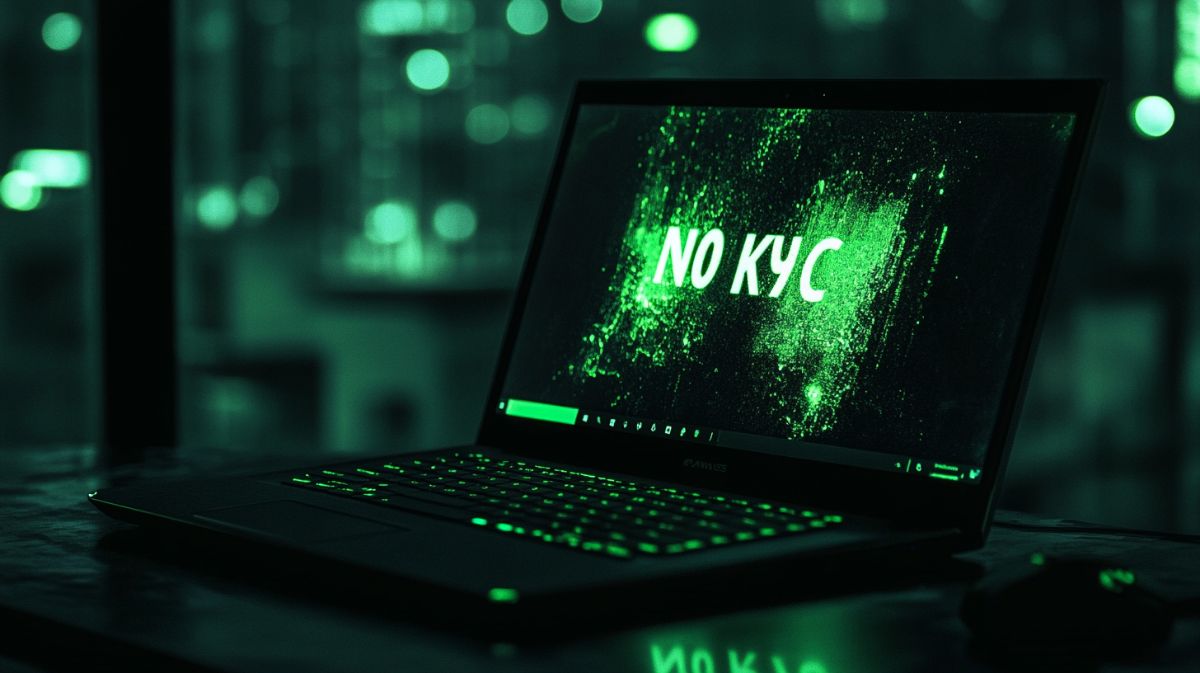VALORANT NVIDIA Control Panel Settings For Best Performance
While playing VALORANT, always remember that aim and FPS are the king. Even the smallest of losses in performance will be felt in terms of reaction time that will ultimately ruin your aim which means you can’t climb the rank ladder. It’s no secret that Riot Games has already made a perfect recipe to fully optimize VALORANT but adjusting your NVIDIA Control Panel settings can push all the extra performance you could probably get away with, especially on lower- or mid-range hardware.
Therefore, we’ve put together this easy guide showing how to configure the best NVIDIA Control Panel settings for the most performance.
Best NVIDIA Control Panel Settings for VALORANT (Max FPS, Low Input Lag)

Image Credit: Riot Games/NVIDIA
To start, open the NVIDIA Control Panel by right-clicking on your desktop and selecting “NVIDIA Control Panel” from the menu. After it opens, go to “Manage 3D settings” on the left side panel. From here, you should change the global settings or create a program settings profile for VALORANT if you don’t want to change other games. Although both methods do work, using Program Settings will result in these tweaks being only applied to VALORANT.
- Image Sharpening: Turn it off unless you’re on a high-end GPU and want sharper visuals.
- Anisotropic Filtering: Off (saves performance, not needed for VALORANT).
- Antialiasing – FXAA: Off (just extra fluff you don’t need).
- Antialiasing – Gamma Correction: Optional but turn it off for max performance.
- Antialiasing – Mode: Off
- Antialiasing – Transparency: Off
- Low Latency Mode: Set this to On or Ultra (Ultra is better if your system can keep up).
- Max Frame Rate: Leave this off here and cap your FPS in VALORANT settings instead.
- Monitor Technology: Choose G-SYNC if your monitor supports it, otherwise leave it alone.
- MFAA (Multi-Frame Sampled AA): Off, adds lag and you won’t miss it.
- OpenGL Rendering GPU: Make sure your dedicated GPU is selected (especially if you’re on a laptop).
- Power Management Mode: Set this to Prefer Maximum Performance to avoid slowdowns.
- Shader Cache: On (helps with load times and smoothness).
- Texture Filtering – Quality: Go for High Performance.
- Texture Filtering – Trilinear Optimization: On
- Texture Filtering – Anisotropic Sample Optimization: On
- Texture Filtering – Negative LOD Bias: Allow
- Threaded Optimization: On (lets the game use more CPU cores).
- Vertical Sync (V-Sync): Off (you want the lowest input lag possible).
Image Sharpening
First up, Image Sharpening. It can make the game look a bit sharper but at a bit of a performance cost. Unless you’ve got a solid GPU and want those extra-sharp visuals, it’s best to leave this off, especially if you’re after competitive performance.
Anisotropic Filtering and Antialiasing FXAA off
Next, turn Anisotropic Filtering and Antialiasing FXAA off. These are mostly cosmetic upgrades that use up your GPU for minimal to no benefit in a game like VALORANT.
Antialiasing (gamma correction)
Antialiasing (gamma correction) is okay to keep on as it does not degrade performance much. But if you are going for 100% optimization, you can turn it off to lose even the smallest morsel of extra load. Also ensure that Antialiasing Mode and Antialiasing Transparency are set to off. These features attempt to blur textures and edges which is not needed in a game where enemy visibility is already high.
Low Latency Mode
Now let’s talk about something that really counts. Low Latency Mode should be enabled to a minimum of On or Ultra. This reduces input delay by pushing frames just when they are needed. If your system consistently hits high frame rates, then go with Ultra. Other than that, On is a good balance.
Max Frame Rate
For Max Frame Rate, it’s better to uncheck this in the Control Panel. You should manage frame caps through VALORANT’s in-game settings. However, if you see stuttering or your system overheating, it’s fine to limit your frames here to match your monitor’s refresh rate. If you are using a G-SYNC monitor, then check that Monitor Technology is set to G-SYNC. If not, just hit the default setting.
MFAA (Multi-Frame Sampled AA)
Ensure that MFAA (Multi-Frame Sampled AA) is disabled. It can slightly improve visuals but adds lag which is not worth it in a competitive shooter. Additionally, make sure that OpenGL rendering GPU is set to your dedicated GPU. This is particularly important on laptops which may default the system to integrated graphics.
Power Management Mode
Set Power Management Mode to Maximum Performance. This keeps your GPU sustained at full max performance while gaming to prevent frame drops. Turn Shader Cache on too. It can improve the game load speed and smash stutter over time.
Texture Filtering Quality
When changing Texture Filtering Quality, choose High Performance. This bumps up your frame rate and it’s a good compromise in a game that has plenty of action in it. Set Trilinear Optimization to On, and enable both Anisotropic Sample Optimization and Negative LOD Bias by turning them to Allow. These keep clarity without hitting you too hard for performance.
Threaded Optimization
Finally, turn Threaded Optimization on to allow VALORANT to make more efficient use of your CPU cores. And also ensure that Vertical Sync (V-Sync) turned off in the NVIDIA Control Panel.
